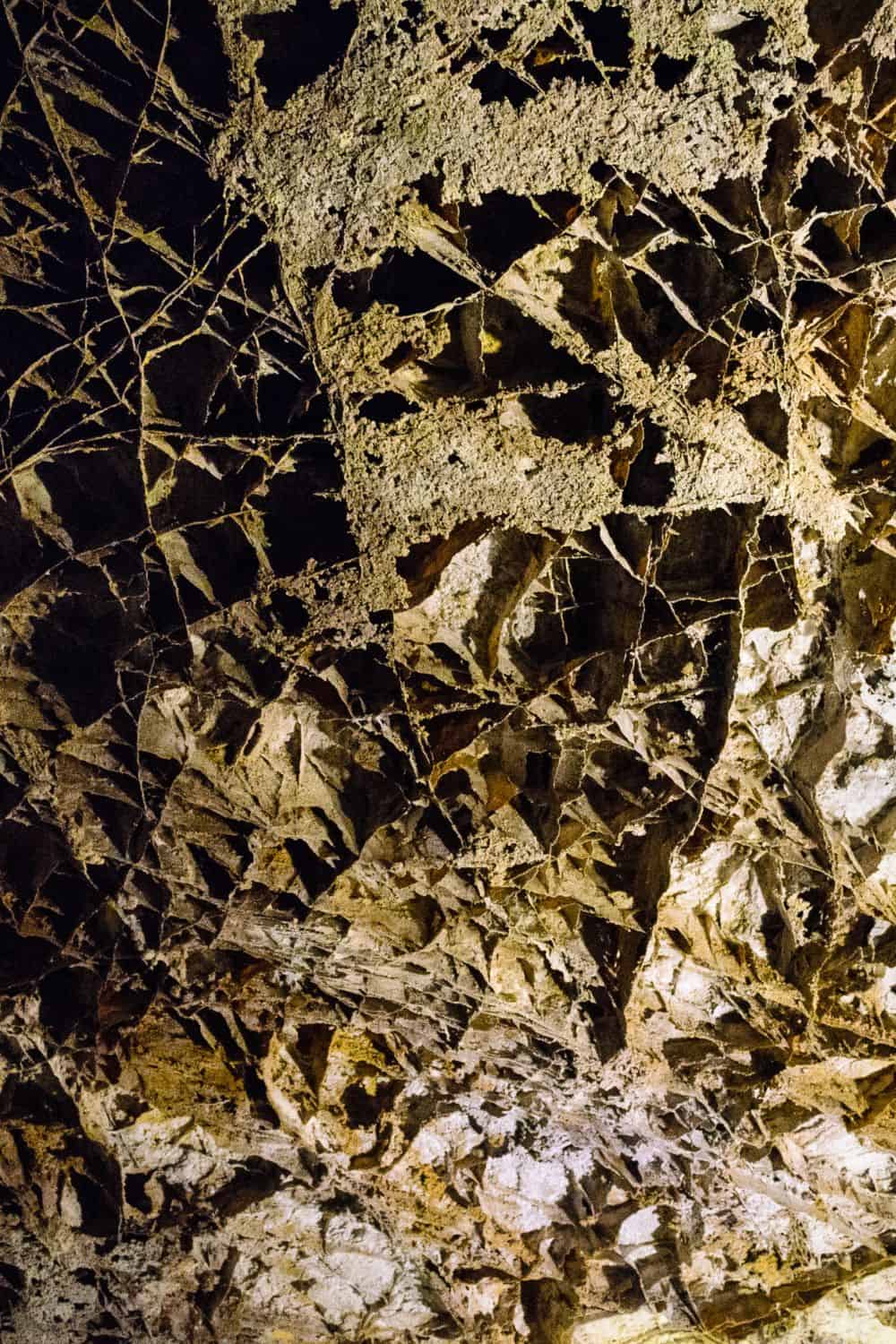
Wind Cave National Park, located in South Dakota, is known for its unique geology and cave system. The park is home to one of the longest and most complex caves in the world, with over 140 miles of explored passages. The geology of Wind Cave National Park is fascinating, and it offers visitors a glimpse into the complex processes that shape the earth.
The park’s geology dates back to the late Cambrian period, over 300 million years ago. At that time, the area was covered by a shallow sea, and sediments from that sea formed the limestone that makes up the cave system today. Over time, the limestone was uplifted and exposed to the elements, including water and air, which led to the formation of the cave system.
The cave system at Wind Cave National Park is unique because of its complex network of passages, chambers, and other features. The cave is known for its boxwork formations, which are rare and delicate structures that resemble honeycombs. Boxwork formations form when calcite, a mineral found in limestone, dissolves and redeposits in the cracks and joints of the rock.
The cave system is also known for its frostwork formations, which are delicate, needle-like structures that form when water evaporates from the cave walls. Frostwork formations are rare and fragile, and they can only be found in a few caves around the world.
The cave system at Wind Cave National Park is also notable for its intricate patterns of passages and chambers. The cave is one of the most complex in the world, and it is still being explored and mapped today. The passages and chambers in the cave are formed by a combination of factors, including the type of rock, the direction of water flow, and the presence of faults and fractures.
One of the most fascinating aspects of the geology at Wind Cave National Park is the connection between the surface and the cave system. The park is home to a complex network of underground aquifers, which are connected to the cave system. Water from the surface can infiltrate the limestone and flow through the cave system, creating unique features such as cave streams and lakes.
The park is also home to several unique surface features, including sinkholes and natural bridges. Sinkholes are formed when the limestone is dissolved by acidic water, creating a depression in the surface. Natural bridges are formed when a section of rock above a depression collapses, leaving a bridge-like structure behind.
Wind Cave National Park is a fascinating destination for anyone interested in geology and the processes that shape the earth. The park’s unique geology, including its complex cave system, boxwork and frostwork formations, and surface features, offers visitors a chance to see the forces of nature at work.
Visitors to the park can explore the cave system on a guided tour or hike one of the park’s many trails to see the unique surface features. The park also offers educational programs and exhibits that explain the geology and natural history of the area.
In addition to its unique geology, Wind Cave National Park is home to a variety of wildlife, including bison, elk, pronghorn, and coyotes. The park is also a sacred site for the Lakota people, who have lived in the area for thousands of years.
Wind Cave National Park is a truly unique destination that offers visitors a chance to explore the fascinating geology and natural history of the area. Whether you’re interested in the complex cave system, the unique surface features, or the diverse wildlife, Wind Cave National Park is a must-see destination for anyone interested in the natural world.
Related posts:
Wind Cave National Park is located in the southwest corner of South Dakota. It is well-known for the large underground Wind Cave, containing numerous chambers such as the Elks Room and the Post Office. Some of the cave's walls are rich in honeycombed...
Wind Cave National Park, located in southwestern South Dakota, is known for its unique limestone cave system, with over 140 miles of explored passages. The park offers a variety of tours for visitors to explore the cave system and lea...